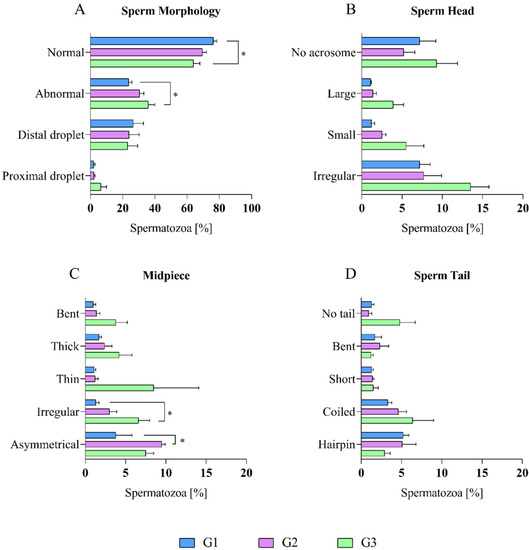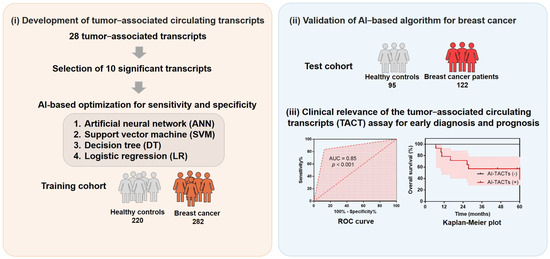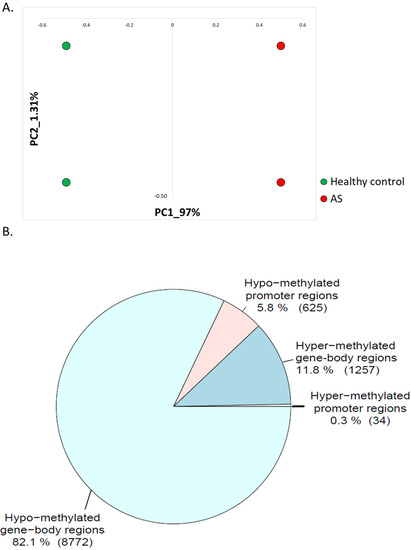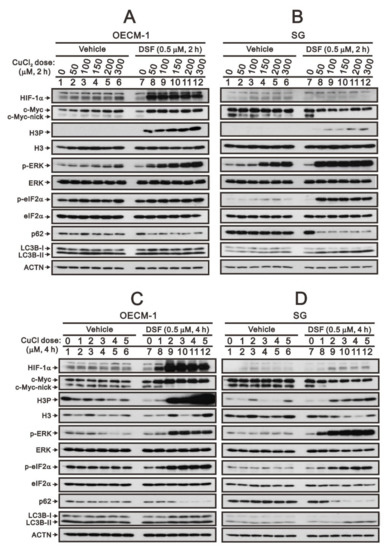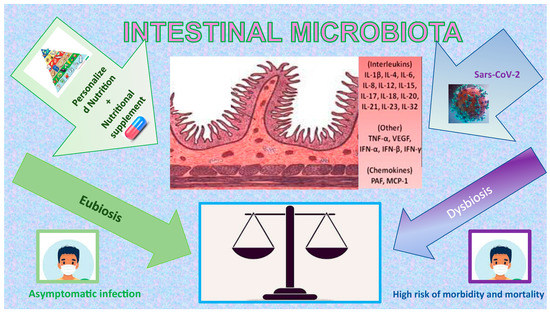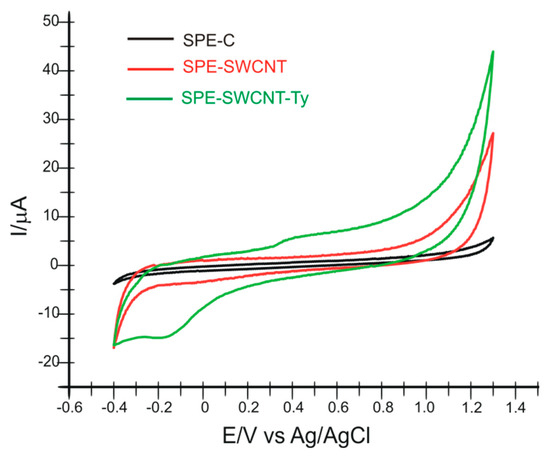1
Independent Researcher, Magle Stora Kyrkogata 9, 22350 Lund, Sweden
2
Laboratoire Coeur et Nutrition, TIMC-CNRS, Faculté de Médecine et Pharmacie-Université Grenoble Alpes, 38000 Grenoble, France
3
East Cheshire Trust, Macclesfield District General Hospital, Macclesfield SK10 3BL, UK
4
Departments of Psychology, University of South Florida, Tampa, FL 33620, USA
Int. J. Mol. Sci. 2022, 23(16), 9146; https://doi.org/10.3390/ijms23169146 - 15 Aug 2022
Cited by 9 | Viewed by 13957
Abstract
For almost a century, familial hypercholesterolemia (FH) has been considered a serious disease, causing atherosclerosis, cardiovascular disease, and ischemic stroke. Closely related to this is the widespread acceptance that its cause is greatly increased low-density-lipoprotein cholesterol (LDL-C). However, numerous observations and experiments in
[...] Read more.
For almost a century, familial hypercholesterolemia (FH) has been considered a serious disease, causing atherosclerosis, cardiovascular disease, and ischemic stroke. Closely related to this is the widespread acceptance that its cause is greatly increased low-density-lipoprotein cholesterol (LDL-C). However, numerous observations and experiments in this field are in conflict with Bradford Hill’s criteria for causality. For instance, those with FH demonstrate no association between LDL-C and the degree of atherosclerosis; coronary artery calcium (CAC) shows no or an inverse association with LDL-C, and on average, the life span of those with FH is about the same as the surrounding population. Furthermore, no controlled, randomized cholesterol-lowering trial restricted to those with FH has demonstrated a positive outcome. On the other hand, a number of studies suggest that increased thrombogenic factors—either procoagulant or those that lead to high platelet reactivity—may be the primary risk factors in FH. Those individuals who die prematurely have either higher lipoprotein (a) (Lp(a)), higher factor VIII and/or higher fibrinogen compared with those with a normal lifespan, whereas their LDL-C does not differ. Conclusions: Many observational and experimental studies have demonstrated that high LDL-C cannot be the cause of premature cardiovascular mortality among people with FH. The number who die early is also much smaller than expected. Apparently, some individuals with FH may have inherited other, more important risk factors than a high LDL-C. In accordance with this, our review has shown that increased coagulation factors are the commonest cause, but there may be other ones as well.
Full article
(This article belongs to the Special Issue Lipids Metabolism and Cardiometabolic Diseases)



